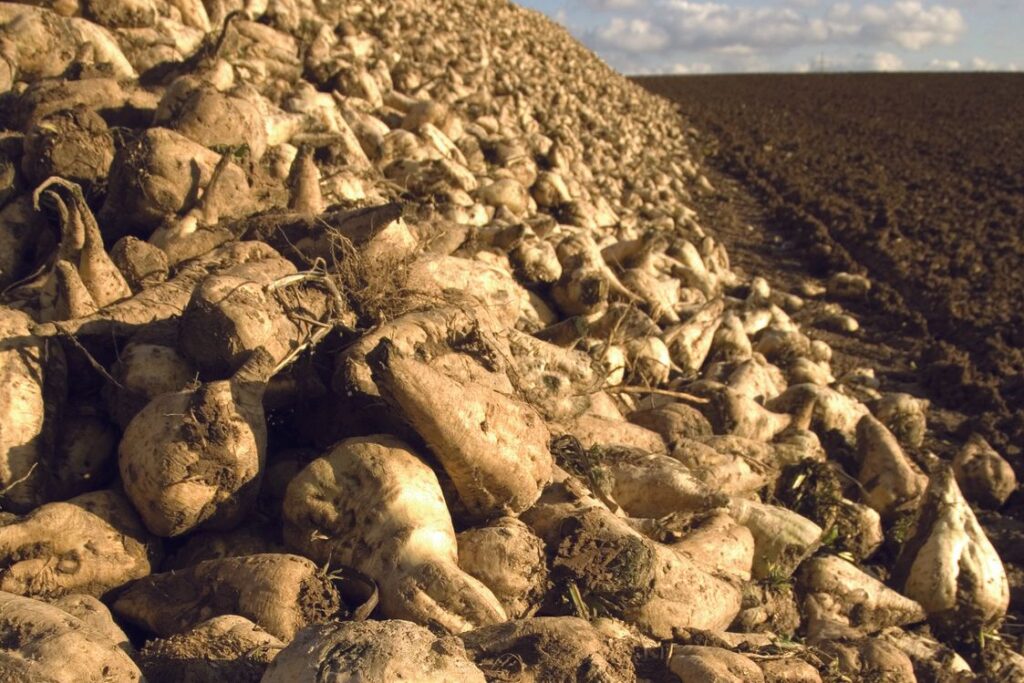Corn Harvest Underway as Winter Wheat Planting Begins
The USDA reports that the corn harvest began in eight states with 4% harvested while winter wheat planting reaches 5% complete as of September 7.
The USDA Announces $221.1 Million Block Grant to Cover North Carolina Ag Losses
The USDA announced new disaster assistance for North Carolina farmers impacted by Hurricane Helene.
California Passes E15 Bill, Making it the Final State to Allow Sales
California is set to allow sales of E15 fuel with a 15% ethanol blend for the first time after the state Senate unanimously passed AB 30.
The USDA Revises Farm Income Forecast
The USDA Economic Research Service (ERS) trimmed its 2025 farm income forecast.
Corn and Soybean Conditions Slip in Last Week of August
The USDA’s latest Crop Progress report showed national corn and soybean condition ratings slipping for the week ending August 31.
Farmer Future Sentiment Weakens While Current Conditions Edge Up
Farmer sentiment weakened in August. This marks the third consecutive monthly decline, according to the Purdue University/CME Group Ag Economy Barometer.
New World Screwworm Continues to Expand Across Mexico
Mexico is experiencing a sharp rise in New World screwworm (NWS) cases. Government data shows 5,086 animal infestations as of August 17.
California Sugarbeet Farmers Raise the Bar for Extractable Sugar Per Acre
Father-son growers Ralph and Jason Taylor of TNT Management Inc. in California’s Imperial Valley have set a new world record for extractable sugar per acre.
Online Tool Helps Connect Producers to Conservation Incentive Programs
The Conservation Technology Information Center (CTIC) has launched the Conservation Connector online platform.
Despite Dryness in the Southern and Eastern Corn Belt, 71% Rated Good to Excellent
The USDA Crop Progress Report indicates that the nation's corn crop remains unchanged for the week ending August 25.











